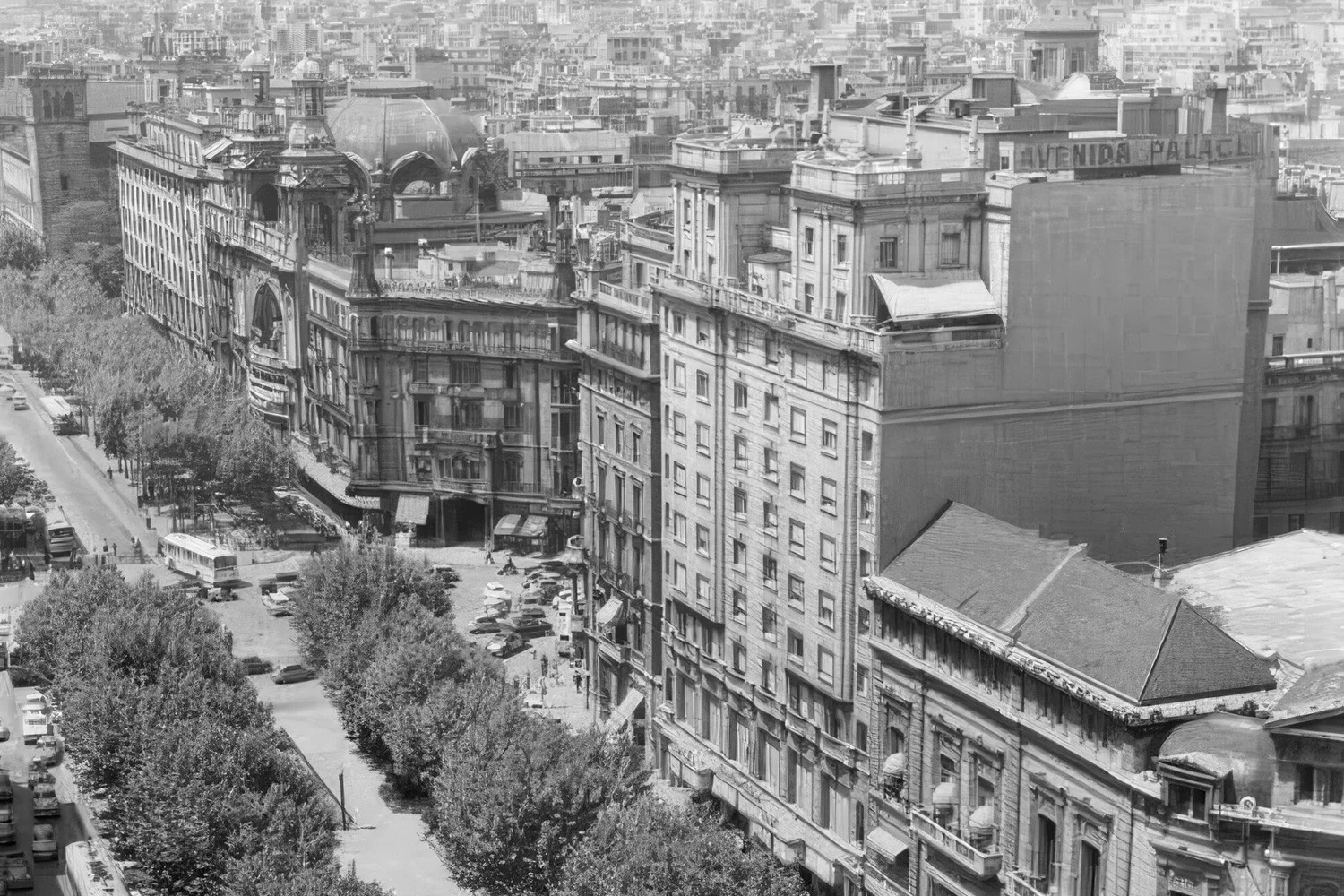

Enjoy an additional 5% discount on all our rooms with the promocode: avenida1952
*Subject to availability
- Booking with us has many advantages -
Best price guaranteed
Welcome drink
Children up to 2 years old stay for free
Special breakfast rate
Late check-out*
Free upgrade*
*Subject to availability
- Booking with us has many advantages -
Best price guaranteed
Welcome drink
Children up to 2 years old stay for free
Special breakfast rate
Late check-out*
Free upgrade*
*Subject to availability
- Booking with us has many advantages -
Best price guaranteed
Welcome drink
Children up to 2 years old stay for free
Special breakfast rate
Late check-out*
Free upgrade*
*Subject to availability
- Booking with us has many advantages -
Best price guaranteed
Welcome drink
Children up to 2 years old stay for free
Special breakfast rate
Late check-out*
Free upgrade*
The history of El Avenida Palace dates back to 1952, when the legendary Casa Llibre tea room and restaurant closed its doors. Since then, it has been witness to countless significant events, becoming an integral part of Barcelona's history
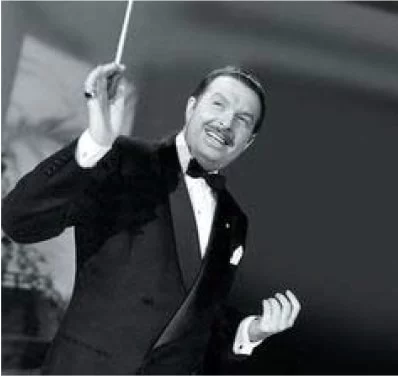
Prominent Spanish musician and orchestra conductor, recognized for popularizing Latin music in the United States by blending genres such as mambo and jazz. His success spanned Hollywood films, radio shows, and record recordings, establishing him as a key figure in 20th-century music.
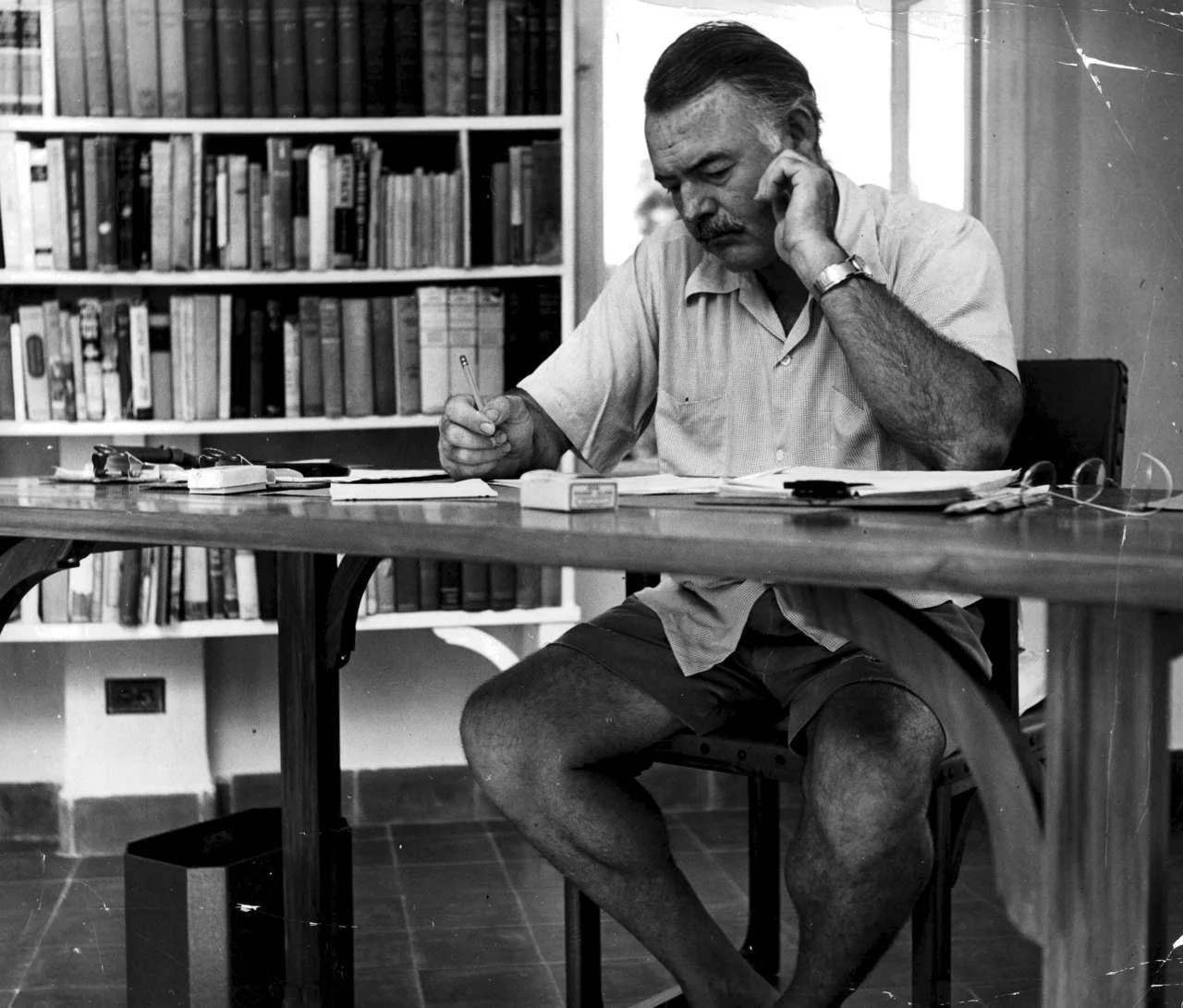
American writer and journalist, known for his direct and concise style. Author of classics like The Old Man and the Sea and For Whom the Bell Tolls, his work profoundly influenced 20th-century literature, exploring themes such as war, solitude, and human struggle.
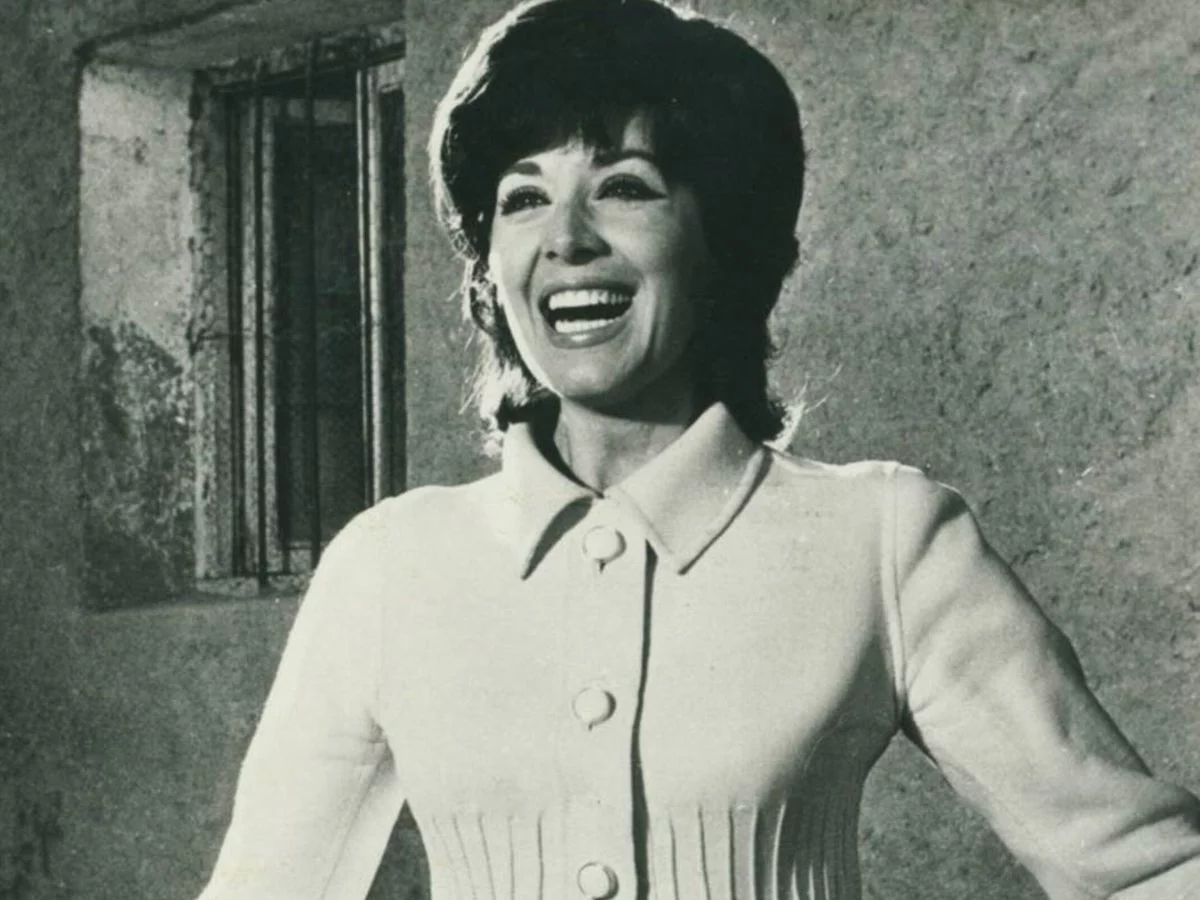
Prominent Spanish actress and singer, known for her versatility in theater, film, and television.
Throughout her career, she stayed numerous times at the El Avenida Palace, where she became a beloved figure for the hotel.
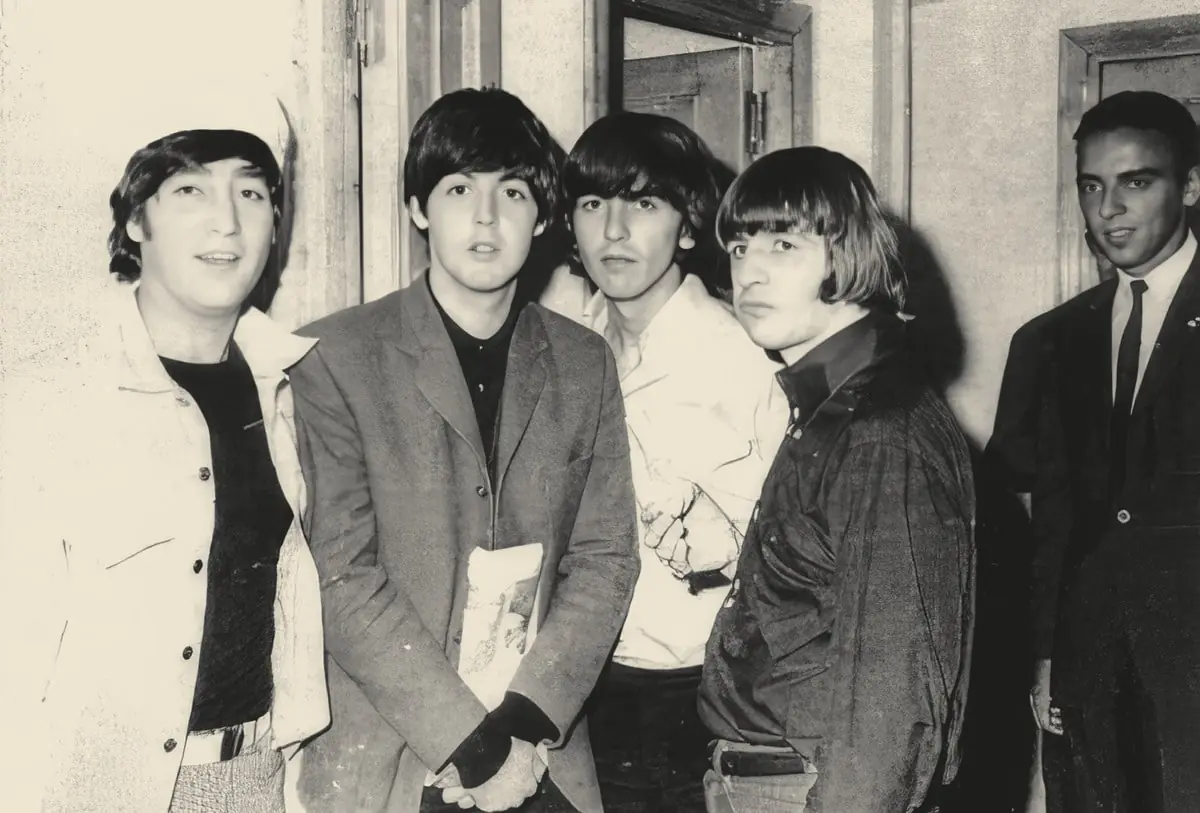
Music band formed in Liverpool in 1960 by John Lennon, Paul McCartney, George Harrison, and Ringo Starr, they revolutionized music with albums like Sgt. Pepper's and The Beatles.
In 1965, during their only visit to Barcelona for a historic concert, they stayed at El Avenida Palace, leaving an indelible mark on the city.

They were two of the most outstanding dancers of the 20th century. Together, they formed an iconic pair that revolutionized ballet with their chemistry and talent, standing out in works such as Swan Lake and Romeo and Juliet.
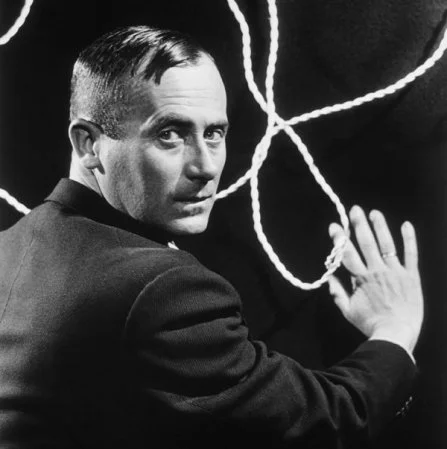
Catalan artist of the 20th century, known for his unique style that fused surrealism and abstraction. His work encompassed painting, sculpture, and ceramics, distinguished by the use of organic forms and vibrant colors, leaving a lasting legacy in modern art.
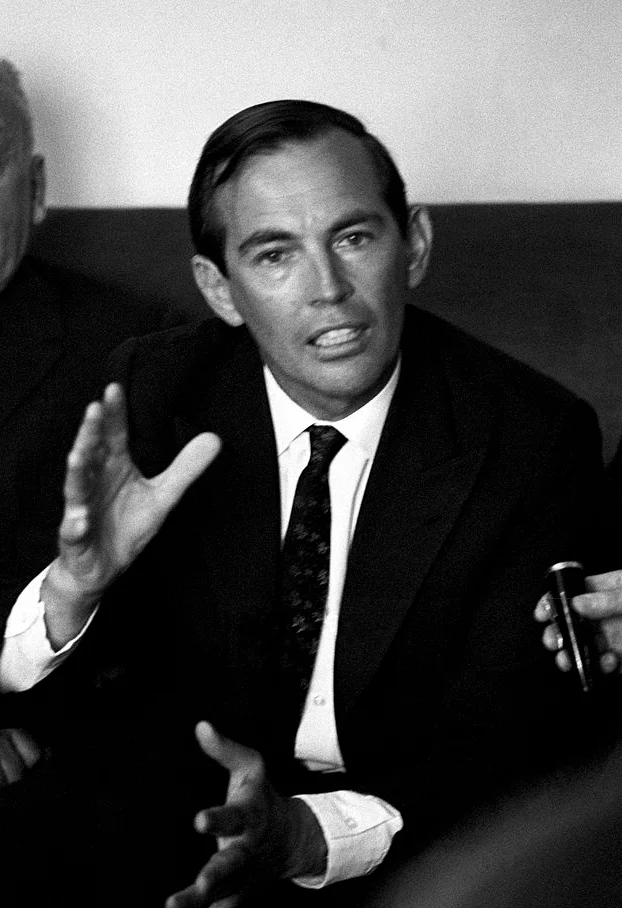
South African surgeon, known for performing the first successful human heart transplant in 1967.
This achievement revolutionized medicine and marked a milestone in the history of transplants.
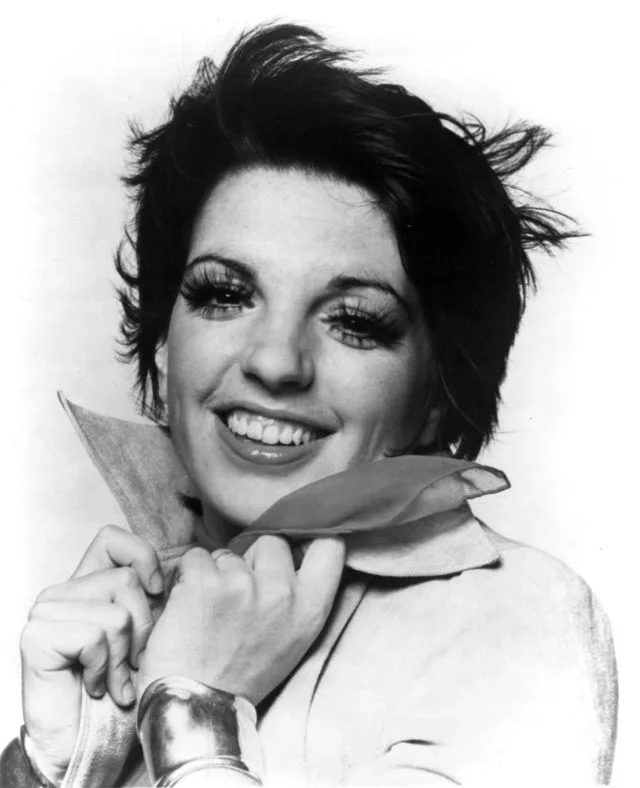
Famous American actress, singer, and dancer, known for her role in Cabaret (1972), for which she won the Oscar. Daughter of Judy Garland, she has been an influential figure in film, Broadway, and music.
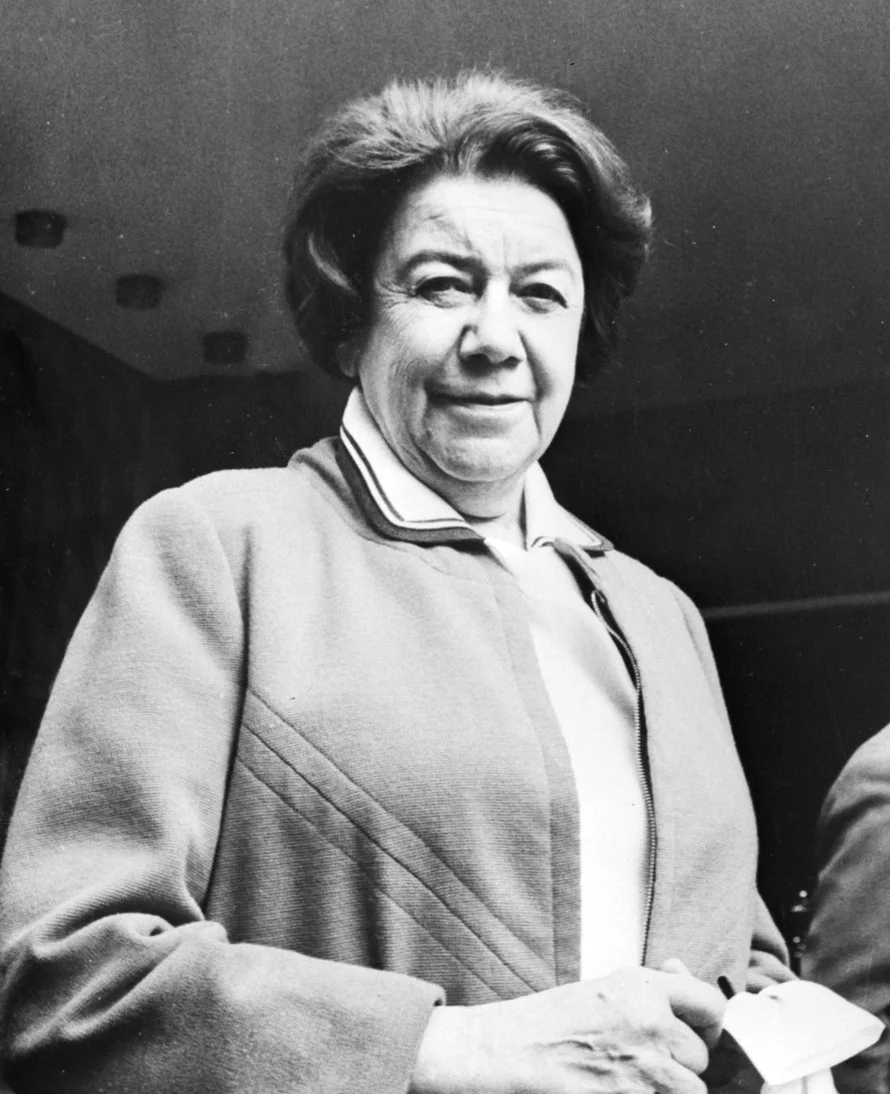
Romanian physician pioneer in geriatrics, known for developing the rejuvenating treatment "Gerovital" to combat aging.
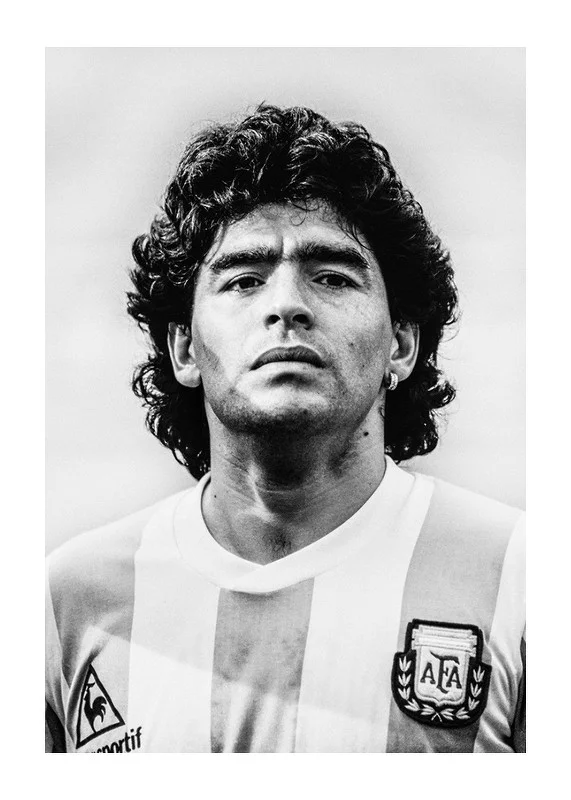
Argentinian footballer considered one of the best in history, famous for his skill and iconic goals, such as the "Goal of the Century" in the 1986 World Cup.
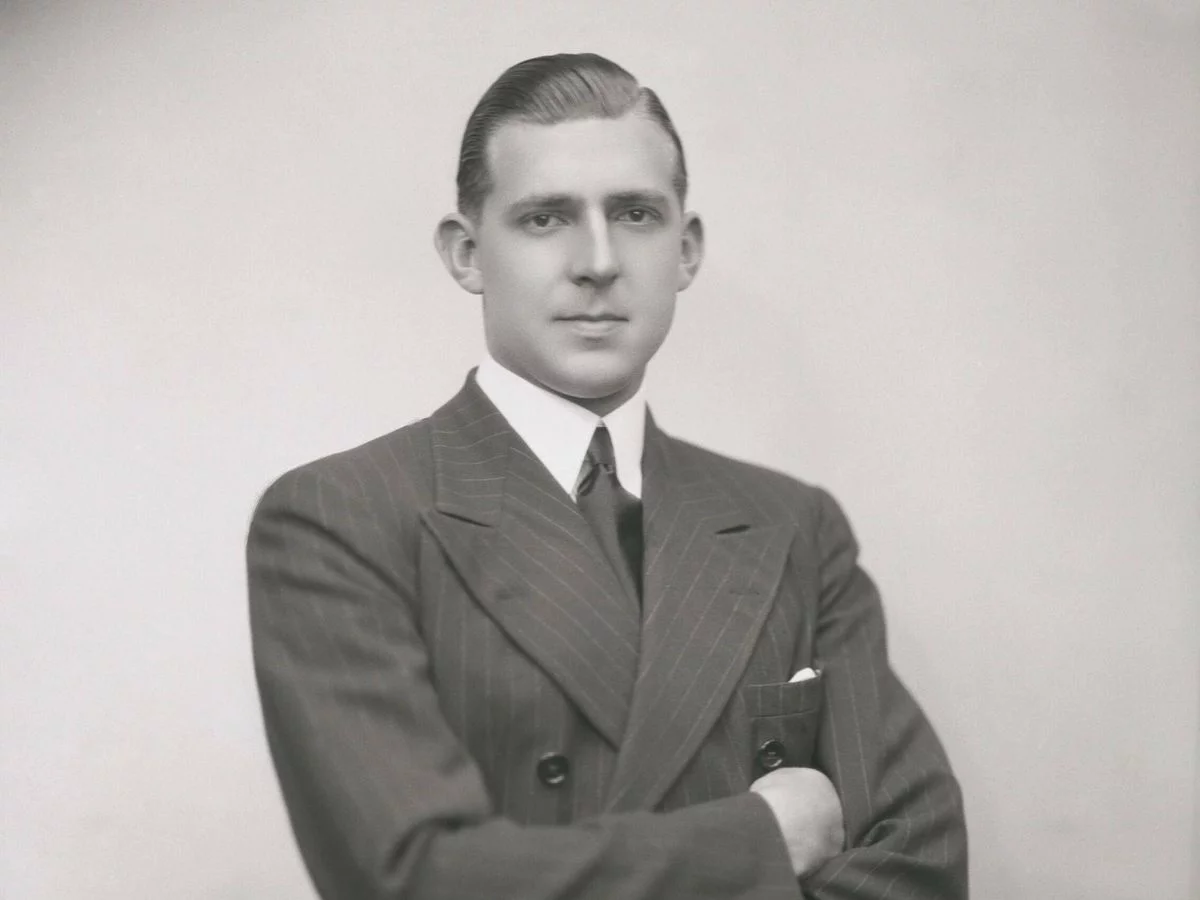
Father of King Juan Carlos I of Spain and heir to the throne during Franco's dictatorship. Throughout his life, he fought for the restoration of the monarchy in Spain, playing a key role in the transition to democracy.
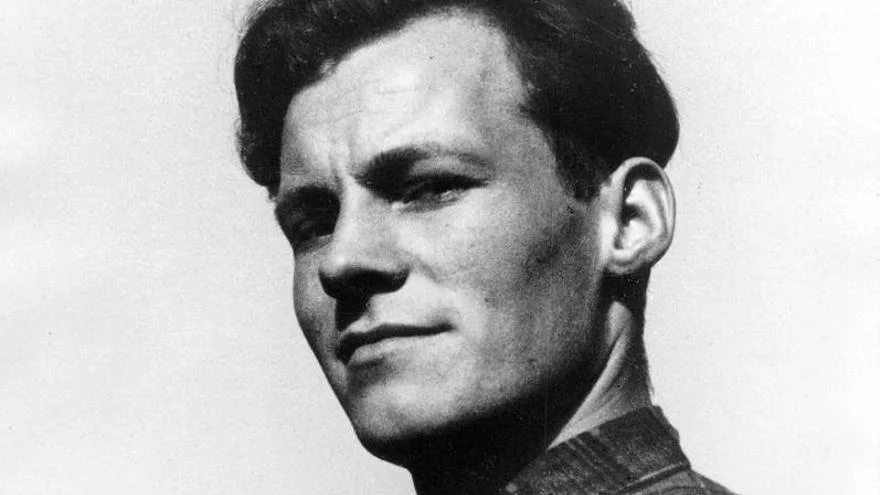
He was Chancellor of West Germany and received the Nobel Peace Prize in 1971 for his policy of détente with the East, known as "Ostpolitik".
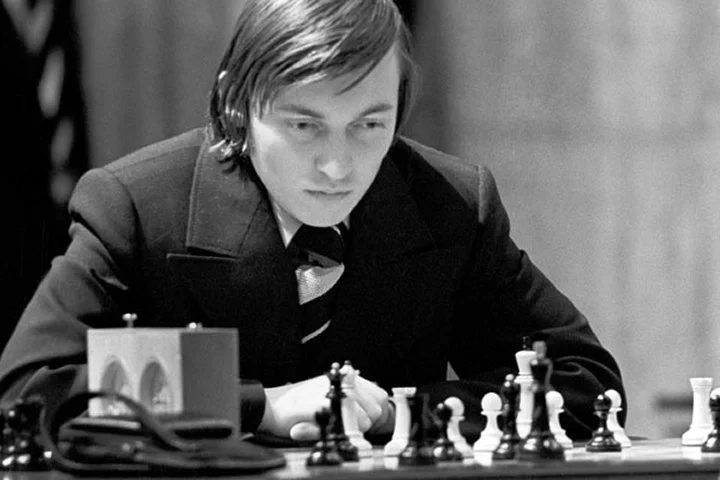
Russian chess player, former world champion, and one of the greatest players of all time. He was world champion from 1975 to 1985, known for his strategic style and deep analysis.
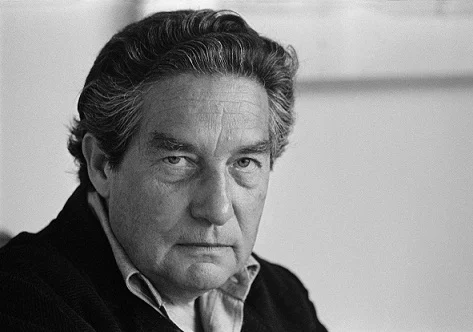
Mexican writer, poet, and essayist, winner of the Nobel Prize in Literature in 1990. His work covers themes such as Mexican identity, love, and loneliness, and is considered fundamental in 20th-century literature.
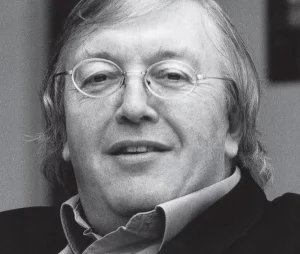
British historian specialized in the contemporary history of Spain. He is known for his studies on the Spanish Civil War and Francoism.
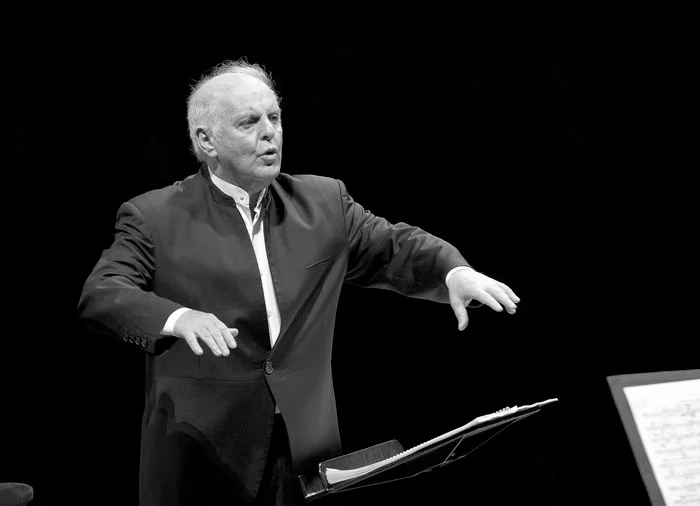
Argentinian-Israeli pianist and conductor, known for his talent and work in classical music. Founder of the West-Eastern Divan Orchestra, he promotes peace and dialogue between cultures through music.